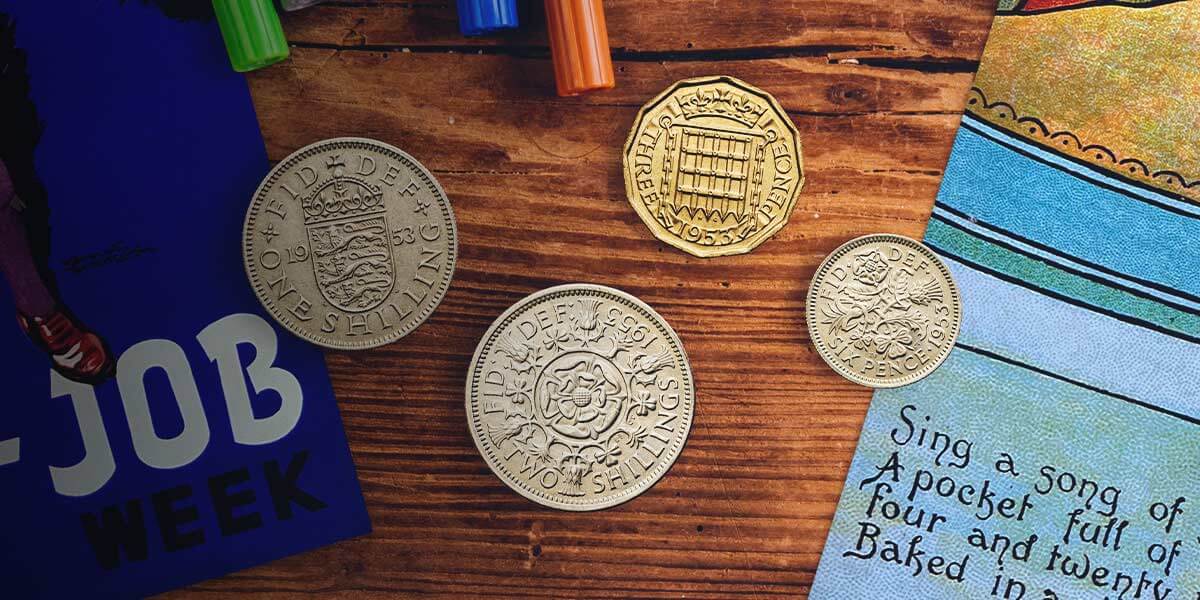Throughout the centuries, the names of many UK coins have become part of our everyday language. This exciting range delves into the histories of popular pre-decimal circulating coins and reveals the origins of the names by which we commonly know them.
Coin Names and Their Nicknames: The Shilling
First issued in the early sixteenth century, the shilling remained legal tender alongside the UK 5p coin following decimalisation (1971) until 1990, when it was demonetised. Commonly called the ‘bob’, it is included in our range of UK coins with popular nicknames.
The ‘Bob’
The ‘Bob’ The term ‘shilling’ might be derived from a Roman coin called a solidus, or the old English term ‘scield’. Eventually, it adopted the nickname ‘bob’, although quite why remains a mystery. There have been attempts to link its name to the famous politician Sir Robert Walpole. However, ‘bob’ also referred to a set of changes rung on church bells, which may provide one possible explanation for the name since the word ‘shilling’ comes from the Germanic word ‘skell’ meaning ‘ring’.
A Coin of Value
Originally known as a testoon, the shilling first appeared at the start of the sixteenth century. Worth twelve pence in ‘old money’, it was assigned a new value of five new pence after decimalisation in 1971 and remained legal tender until 1990, when a new smaller 5p coin was introduced. The shilling’s regular appearances in literature, use in military recruitment (to take the King’s shilling) and placing under ships’ masts as a good luck talisman all demonstrate its special place in the public’s affections.
Did you know?
During the Middle Ages, a shilling was enough to buy a sheep or 600 bricks.
Specification
| Specification | Value |
|---|---|
| Alloy | Cupro-Nickel |
| Weight | 5.66 g |
| Diameter | 23.60mm |
| Quality | Circulating |
| Year | 1801-1966 |
| Specification | Value |
|---|

